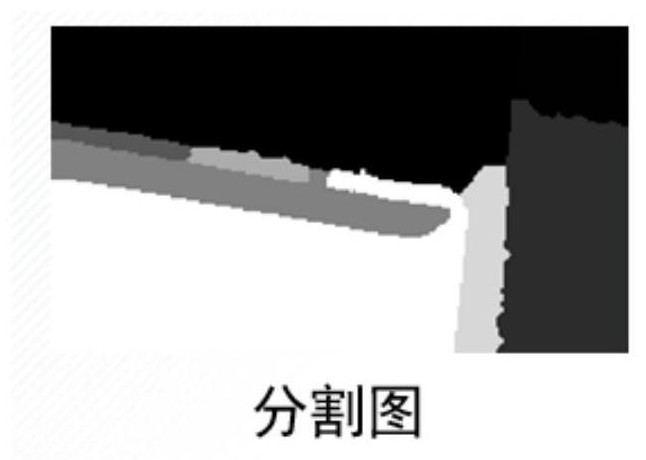Emissivity domain thermal infrared hyperspectral anomaly detection method based on partitioning and low-rank prior
An anomaly detection and emissivity technology, applied in the field of remote sensing image technology processing, can solve the problem of difficult to accurately describe the complex background of hyperspectral images, poor performance of anomaly detection of thermal infrared hyperspectral images, and low signal-to-noise ratio of thermal infrared images And other issues
- Summary
- Abstract
- Description
- Claims
- Application Information
AI Technical Summary
Problems solved by technology
Method used
Image
Examples
Embodiment 1
[0048]Such asFigure 6As shown, a high spectrometer abnormality detection method based on local enhancement of low rank prior art, including the following steps:
[0049]Step 1, enter a thermal infrared high-spectral irmit brightness image to be detected and the segmentation coefficient ρ = 0.4, the background end of the local area matrix is R = 2;
[0050]Step 2, atmospheric correction is performed on the thermal infrared radiation brightness image, using Flash-IR to separate the temperature emission rate, acquire the transmitrage map and the temperature map, such asfigure 1 .
[0051]Step 3, use POTTS-based methods to bind to the radiation brightness graph information and the temperature graph information to divide the original image into the M homatics area, and then use the divided area boundary information for the emission rate image, and divide the transmitrage map into the same area. ,Such asfigure 2 ;
[0052]Based on image grayscale changes slowly in a uniform area, the boundary of th...
PUM
 Login to View More
Login to View More Abstract
Description
Claims
Application Information
 Login to View More
Login to View More - R&D
- Intellectual Property
- Life Sciences
- Materials
- Tech Scout
- Unparalleled Data Quality
- Higher Quality Content
- 60% Fewer Hallucinations
Browse by: Latest US Patents, China's latest patents, Technical Efficacy Thesaurus, Application Domain, Technology Topic, Popular Technical Reports.
© 2025 PatSnap. All rights reserved.Legal|Privacy policy|Modern Slavery Act Transparency Statement|Sitemap|About US| Contact US: help@patsnap.com



